What you need to know about the announced capped revenue experiment in Shenzhen
By Akira TokuhiroIn November 2014, China's National Development and Reform Commission (NDRC) announced via a Notice for Transmission and Distribution Rate Reform Pilot in Shenzhen, a first-of-a-kind (FOAK) initiative to induce 'change' in the existing business model.
In a country of more than 1 billion inhabitants, the intended reform will affect some 15 million in Shenzhen. It seems self-evident that this is NDRC's recognition and attempt to institute a business model that supports end-use energy efficiency, integration of renewables, and some (small ) effort toward 'cleaner energy'.
This reform is receiving a measure of interest because it institutes a means for the utility to realise a steady revenue stream, thus financial stability and means to establish 'good' practices.
Up to this point, the government increased prices for transmission and distribution services but not to the end-use customer. This eventually caused hardship for some utilities.
However in 2011, the central government instituted an energy efficiency obligation that required utilities to integrate energy efficiencies. But efficiency at the consumer level means less revenue for the utility. And revenue and profit margin were two metrics by which the government assessed the utility. It is self-evident that there was zero incentive to promote energy efficiency down to the consumer level.
The new regulation will essentially cap the total revenue of the Shenzhen utility as they command electrical transmission and distribution grid hardware down to the customers. Until now the quantity of electricity supplied was directly tied to the utility’s revenue; thus, there was no market incentive for efficiency or renewables.
Henceforth 'decoupling' means reducing the direct link to 'kiloWatt-hours' sold, and in so doing, creating a means to incentivise efficiency and introduction of renewable technologies. This is a well-known practice by many U.S. utilities; foremost led by the California-based utilities.
Generically, the pricing of electricity that pits customer and supplier is a classic problem in economics. Here I use the concept of LENDIT©1– length, energy, number, distribution, information, and time.
LENDIT is a general framework that ties both technical and non-technical issues. It is particularly useful for consistently analysing energy or entities that have an inherent aspect risk (or negative risk, thus benefit). This was noted in previous contributions to Asian Power.
Further with respect to information (I)2, it is often relevant to note several aspects as follows: who (is the information source), for whom (is the information meant), when was it distributed (D), why (self-explanatory), which (issue), and when (is action expected). These might be called, 'W5'.
Here, the area is Shenzhen (area = L2) and the issue is how energy (E) is to be distributed (D) via a number-scale (N, pricing) in time (T). The W5 'elements' seem self-evident from the leading paragraphs.
Shenzhen's Proof-by-Demonstration
In the case of Shenzhen, the utility's total revenue will be capped, based on the government's determination of allowable cost and the definition of revenue streams. This is at the operational infrastructure level.
Lower, at the customer level is an 'access fee' that provides partial to full support of transmission and distribution services, as announced, and provides the utility some measure of assurance on achieving its revenue objective.
The operational cost, and direct and indirect revenue streams (N), are difficult to deconstruct and typically, if the 'live balance account' (difference between actual and approved revenue) differs by a preset amount (say 6%), the Guandong government will adjust the fee that the customer is charged.
The government is also providing an incentive to integrate 'efficiencies' into the operational infrastructure by allowing utility to keep 50% of the savings (N).
Obviously as a FOAK initiative, there will be both 'happy and unhappy' clients and stakeholders, until the institutional and public mindset changes to adapt to the new business model and practices.
As noted above, this is simplistically characterised by the W5 metrics. Here, the announced change by NDRC is expected to to change the dynamic of the LENDIT characterised metrics of electricity distribution and consumption.
This takes time (T) and often requires an effective top-down campaign (D,I) as there is an element of risk (as historically documented) as manifested through public and/or stakeholder resistance. As societally noted, there can also be contrived means, to circumvent the imposed cap when the financial advantages are not immediately evident.
China’s electrification history is somewhat similar to the U.S. in extent (D) and in terms of regional utilities (D, N). Thus establishing a 'quasi-fixed' revenue model in practice, from a 'hand-to-mouth' will have both utility- and consumer-level significance and impacts.
Such a capping of revenue 'levels the playing field' amongst regional utilities and via the intended integration of 'stability', the assumption is that vertically-integrated practices will shift toward efficiency in both tangible and intangible terms. Thus, incentives toward installation of renewable sources, as well as 'smart' metering and hybrid micro-grids, may catch on in China.
Because of the economies of scale, and as China is a key driver of the global economy, this commitment to change as noted is overall, very positive. This can only lend itself (LENDiT) to change in the global energy practices. The only constant is the need for change.
___________________________
1Copyright in process
2Particular LENDIT metric noted in parenthesis
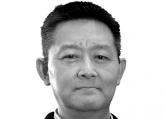


















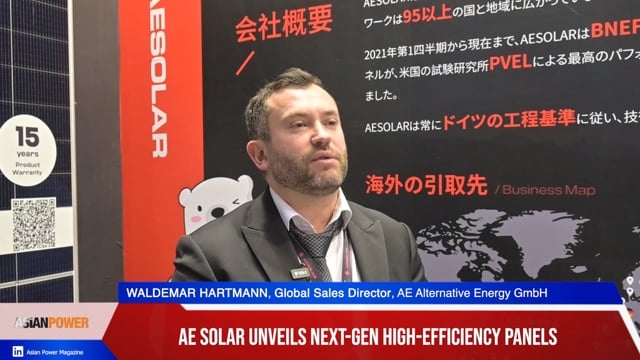
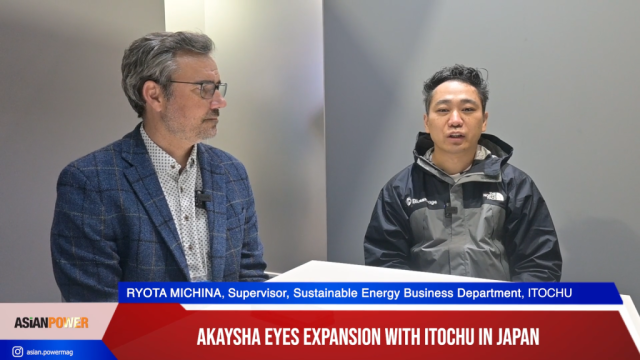
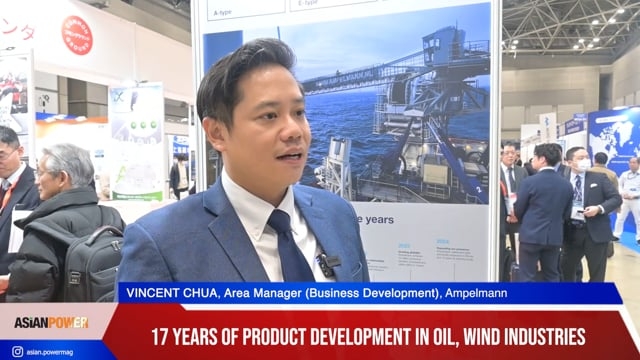
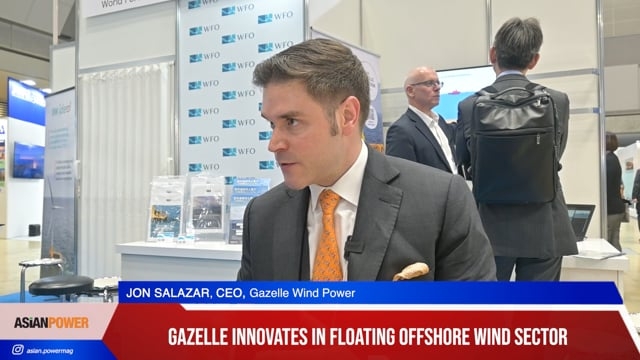

 Advertise
Advertise








